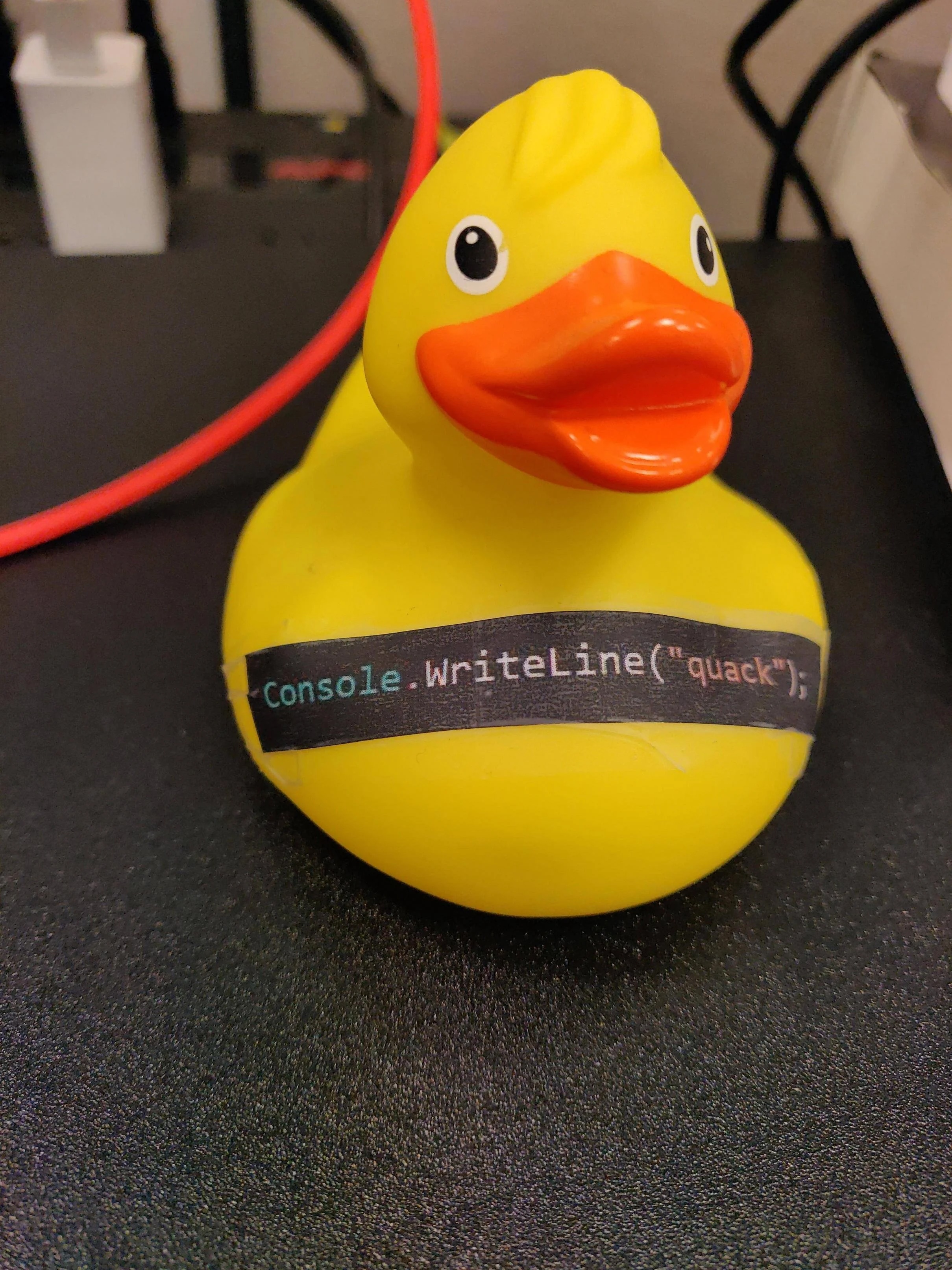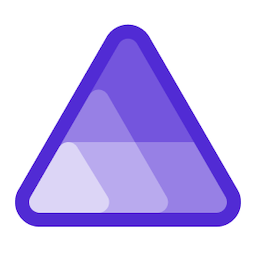Copilot or Rubber Ducky?

Rubber Duck Debugging in the Age of AI
Ever found yourself explaining your code to a little rubber duck perched on your desk? If so, you’re in good company. This quirky practice, known as rubber duck debugging, has helped countless developers articulate problems and discover solutions. The idea is simple: by forcing yourself to explain your code, line by line, to an inanimate duck, you often stumble upon the bug or insight you needed. It’s like having a silent pair programmer who patiently listens as you work through the logic. But what if your rubber duck could talk back and offer suggestions? Modern AI coding assistants (like GitHub Copilot) are becoming the new interactive rubber ducks, and that means a lot for debugging, brainstorming ideas, and reviewing code.
What is Rubber Duck Debugging?
Rubber duck debugging (or “rubberducking”) is a tried-and-true method for debugging code by explaining it aloud in plain language. The term comes from a story in The Pragmatic Programmer where a developer carries around a rubber duck and debugs issues by describing code to the duck (Rubber duck debugging - Wikipedia). The act of verbalizing your problem-even to an object that can’t respond-often makes the solution obvious. By describing what your code is supposed to do versus what it actually does, any mismatch or flaw becomes apparent. Many programmers have experienced that “aha!” moment while explaining a bug to a colleague; rubber ducking achieves the same effect without needing to interrupt anyone else.
This technique works because teaching or explaining forces you to view the problem from a different perspective. You slow down and examine your code step-by-step. In doing so, you might catch off-by-one errors, incorrect assumptions, or forgotten conditions that you overlooked before. It’s surprisingly effective-sometimes the mere act of stating the problem out loud is enough to trigger a solution.
From Silent Duck to AI Assistant
Traditional rubber duck debugging gives you a listener, but in modern development we now also have interactive helpers. Enter AI pair programming tools like GitHub Copilot, OpenAI’s ChatGPT, and others. These AI assistants serve as a kind of rubber duck that talks back, offering hints, explanations, and even code suggestions in real time. It’s as if the duck on your desk suddenly gained a brain and a voice (though fortunately, not an actual quacking sound).
GitHub Copilot, for example, integrates into your editor and can suggest the next line of code or help fill in functions as you type. Ask it a question (via a comment or chat interface) and it can suggest a solution or explain a chunk of code. Similarly, ChatGPT and other AI chatbots can analyze a piece of code you provide and discuss it with you. This transforms the debugging process into an interactive dialogue. You describe the problem-just like you would to a rubber duck-but now you get a response that might point out the bug or offer a fresh approach.
Using an AI assistant feels a bit like pair programming with a knowledgeable colleague who’s always available. The AI can highlight inconsistencies or recommend best practices on the fly, helping you stay in the flow state of coding. In other words, you spend less time stuck on trivial issues or searching through documentation, and more time building solutions. The core benefit is the same as rubber duck debugging: you’re clarifying your own understanding. The difference is that the “duck” (the AI) can actively contribute to the conversation.
Practical Use Cases for an AI Rubber Duck
How exactly can AI tools enhance your development workflow? Let’s look at a few concrete scenarios where an AI assistant shines as a debugging and coding partner:
1. Debugging with Interactive Assistance
When you hit a perplexing bug, an AI assistant can act as a debugging buddy. Instead of just explaining the issue to a silent duck, you can describe the problem to an AI and get immediate feedback. For example, if a function isn’t returning the expected output, you might ask the AI, “Here’s my function and what it’s supposed to do. Can you spot why it’s returning the wrong value?” The AI can analyze your code and point out, say, a missed edge case or a variable that wasn’t updated correctly. This is like the duck not only listening, but actually highlighting the error in your explanation.
Modern tools like Copilot Chat (the chat interface of GitHub Copilot) go even further: they integrate with your development environment’s debugger. This means the AI can access the call stack, variable values, and error messages while you’re debugging. You can literally ask, “Why did this null pointer exception occur?” and the AI, aware of the context, can suggest what might be null and where it came from. It’s an extension of the rubber duck method into a two-way conversation. By engaging in this dialogue, you still reap the benefit of thinking through the problem clearly, but you also get targeted hints and potential fixes in real time.
2. Brainstorming and Idea Generation
Beyond bug squashing, AI “ducks” are fantastic for brainstorming solutions and generating ideas. Let’s say you’re starting a new feature or unsure how to implement a particular algorithm. In the past, you might talk it out to your duck or jot ideas on a whiteboard. Now, you can bounce ideas off an AI. For instance, you could ask, “What are some ways to optimize this search algorithm?” or “Can you suggest a design pattern for this use-case?” The AI can enumerate a few approaches, outline code snippets, or even highlight pros and cons of each approach.
This is like having an ever-helpful colleague who has read every Stack Overflow post and documentation page out there. The AI might surface an approach you hadn’t considered or remind you of edge cases you might have overlooked. Even if you don’t directly use the AI’s suggestion, it can spark new thoughts-much like a brainstorming session with a team. Idea generation with an AI assistant can be especially useful for things like: finding the best name for a function or variable, exploring different algorithms or libraries to solve a problem, or generating test cases you might not have thought of. It’s an interactive creativity boost that complements your own knowledge.
3. AI as a Code Reviewer
Code review is a critical part of development, and here too an AI sidekick can help. Think of it as preliminary rubber duck code review. Before you even send your code to a teammate for review, you can ask an AI to take a look. For example, you might prompt the AI with, “Here’s my function (or pull request). Do you see any issues or improvements I can make?” The AI will examine the code and might point out potential bugs, performance issues, or stylistic inconsistencies. It could catch things like a missed null check, an inefficient loop, or a confusing variable name, and suggest a clearer alternative.
This use case turns the AI into a tireless, instant code reviewer. Of course, AI won’t replace your human colleagues’ feedback-humans have context and intuition that AI might lack-but it’s a great way to screen your code for obvious problems and refine it before others see it. In essence, you’re explaining your code to the AI (just as you would to a duck or a colleague) and seeing what it flags. The process encourages you to double-check logic and consider improvements. It’s like having a second set of eyes on demand, helping you write cleaner, more robust code.
Engaging the AI, Preserving the Process
While AI tools are powerful, it’s important to note that they amplify rather than replace the core benefits of rubber duck debugging. The true magic of the rubber duck method lies in the process of articulating your thoughts. When using AI, you still need to clearly explain the problem or ask the right question-doing so forces you to understand the problem better, just as talking to the duck would. In fact, sometimes just formulating a question for ChatGPT or Copilot can make you realize the answer before the AI even replies!
The advantage of AI assistants is that they can respond with insights, which can save time and validate your thinking. They help you catch mistakes faster, explore more ideas, and learn new techniques. But you, the developer, are still in the driver’s seat. It’s your reasoning and intuition guiding the conversation. Think of the AI as an extension of the rubber duck: an extra knowledgeable duck that can provide feedback, but one that still relies on your direction and understanding.
Conclusion
The rubber duck debugging method has long been a secret weapon for developers, enabling us to solve problems by simply explaining them. Today, with AI-based tools like GitHub Copilot acting as interactive rubber ducks, we have an even more powerful ally at our disposal. These AI assistants can listen to our problems and actually respond with useful answers-helping debug code, spark new ideas, and review our work. By combining the old practice of articulating our thoughts with the new capabilities of AI, we get the best of both worlds: clarity of thought and immediate expert feedback.
In the end, whether you’re talking to a plastic duck or a digital assistant, the goal is the same: to understand the problem better and craft a solution. So don’t toss out your trusty rubber duck just yet-it has taught us the value of thinking aloud. But do consider inviting an AI partner into your workflow. You might be surprised at how engaging and insightful this “conversation” can be. After all, two heads (even if one is silicon-based) can be better than one. Happy debugging, and quack on!



